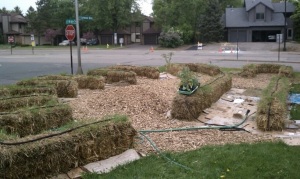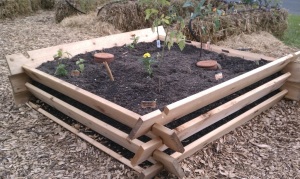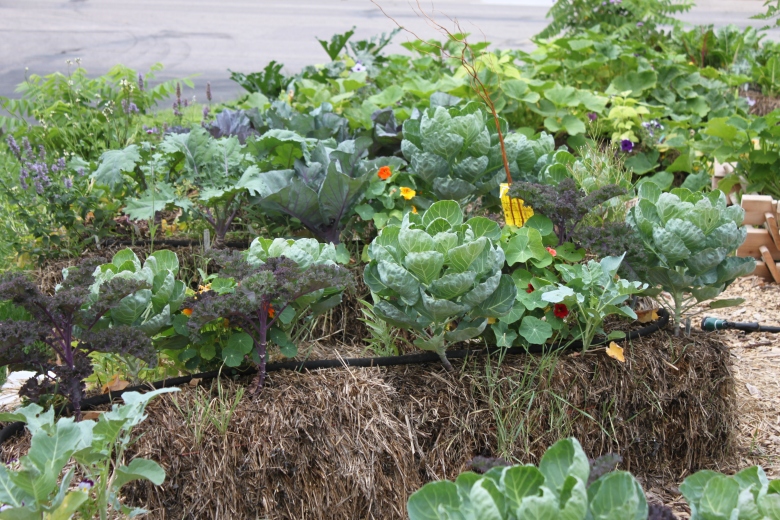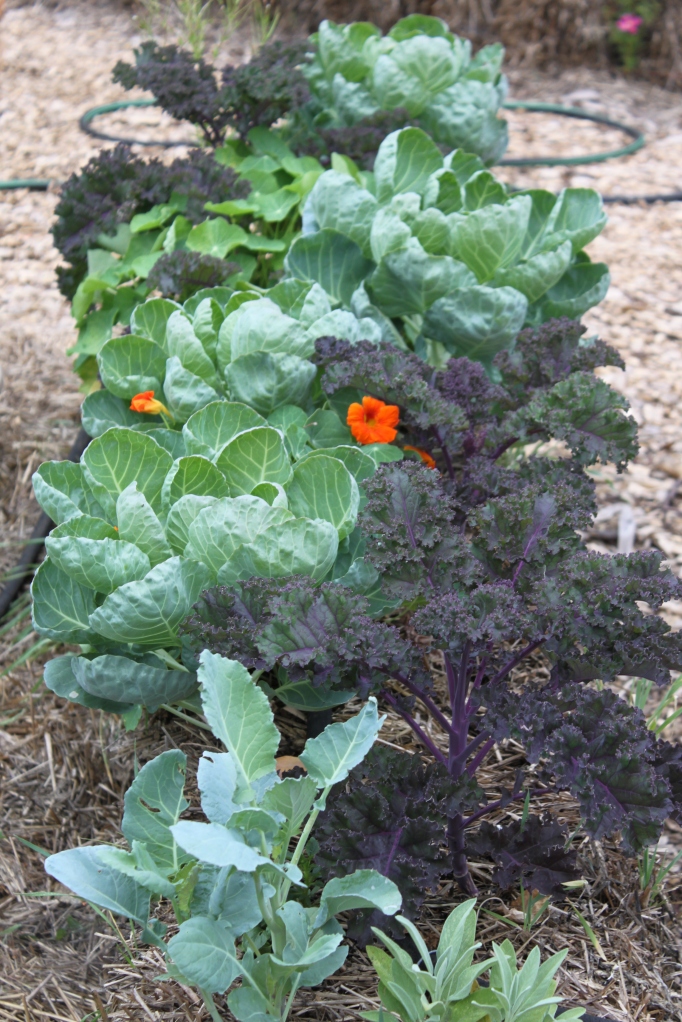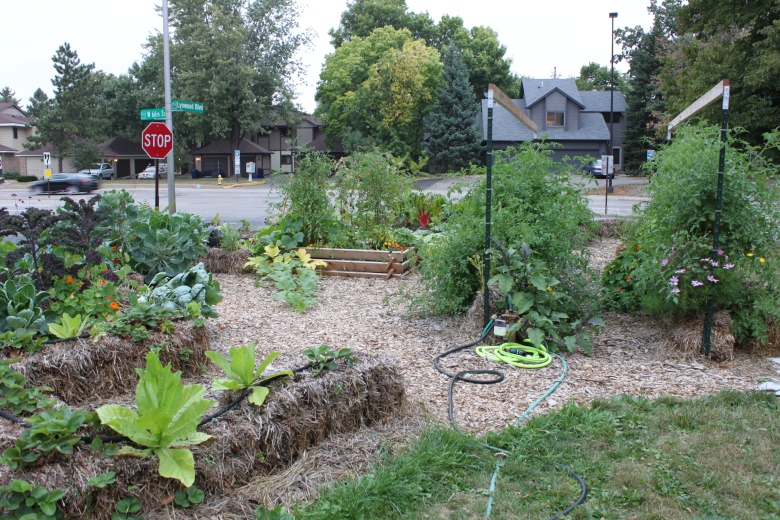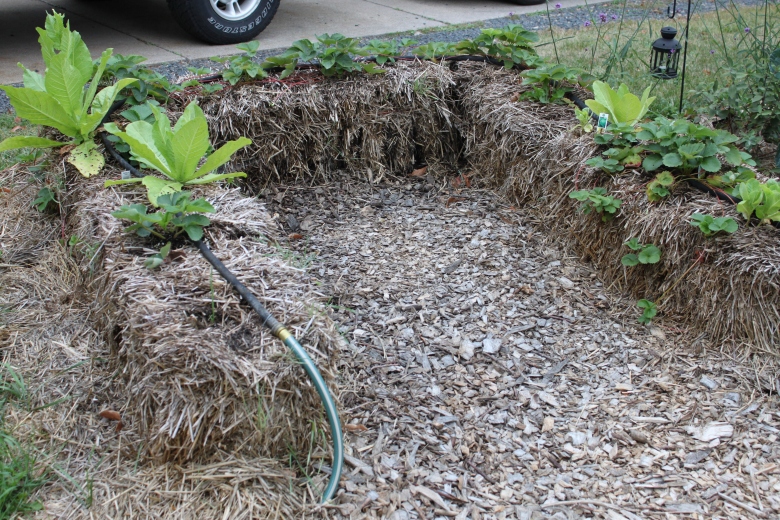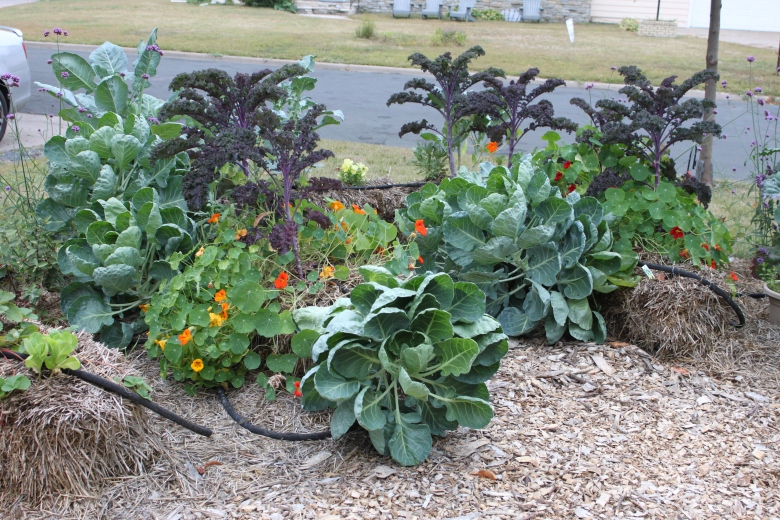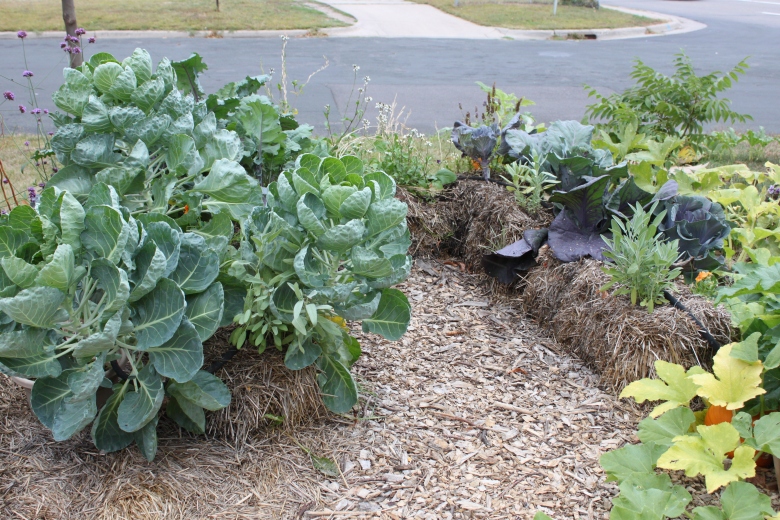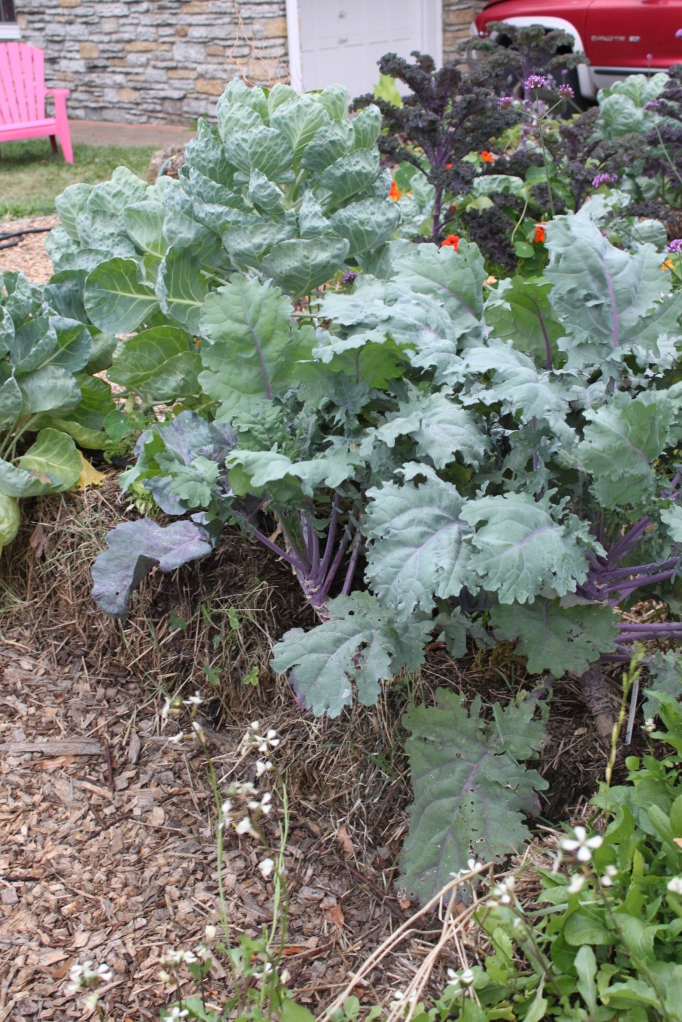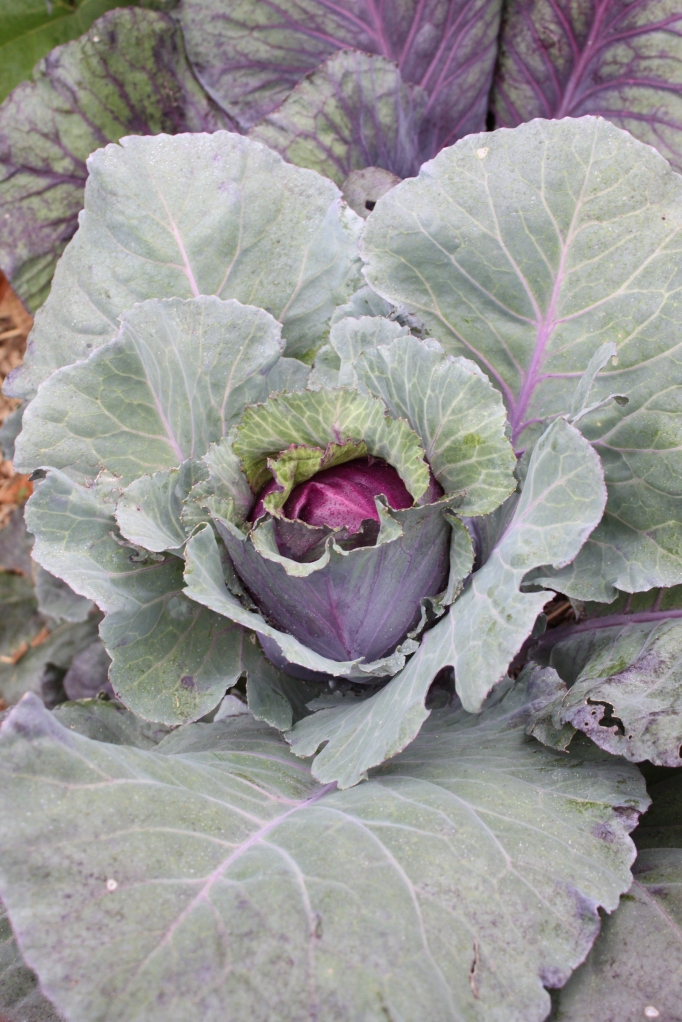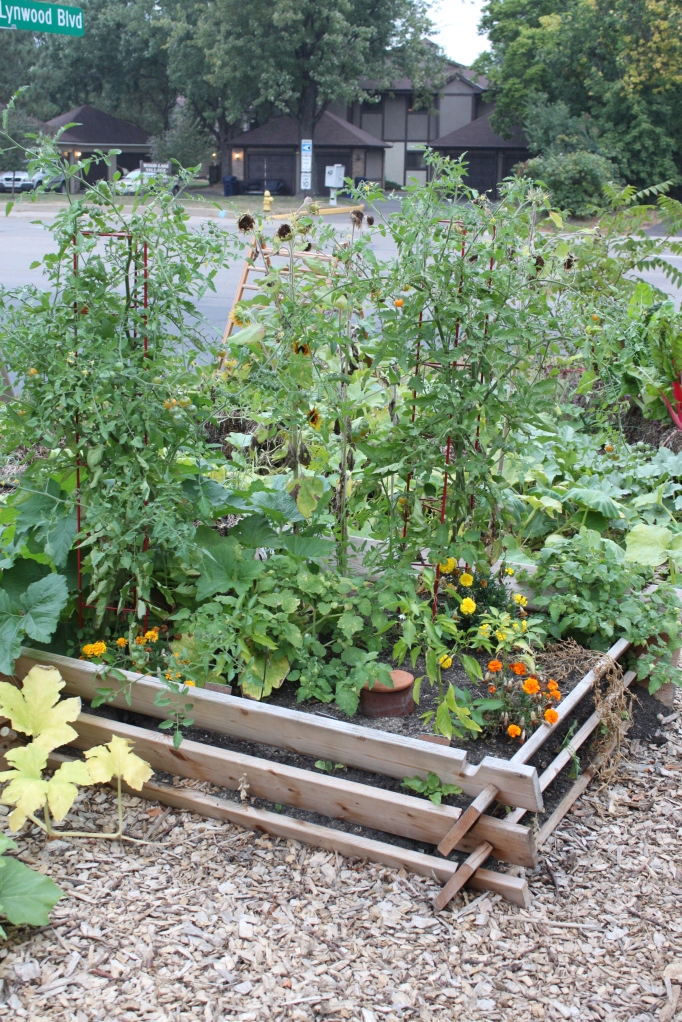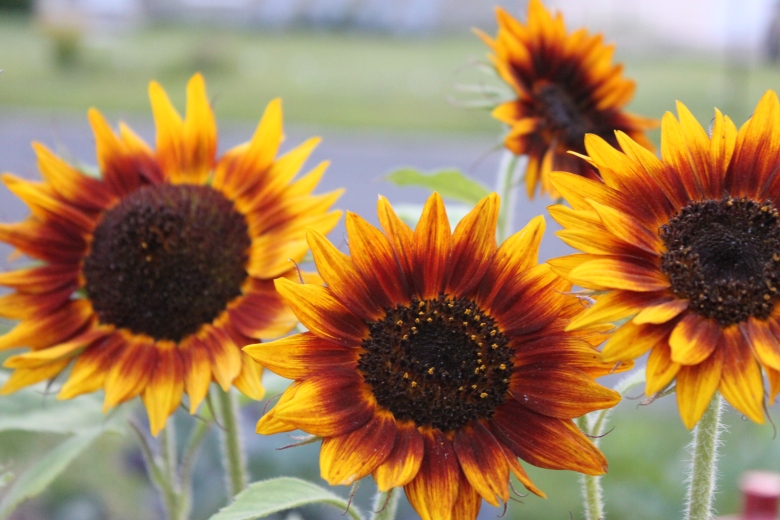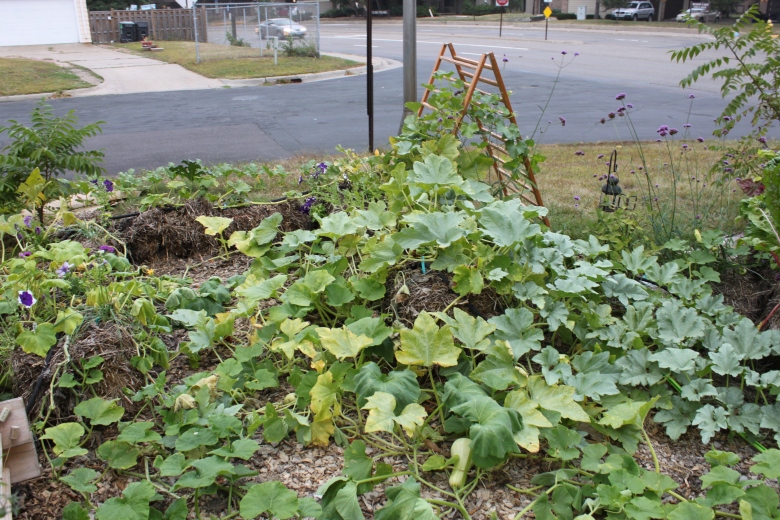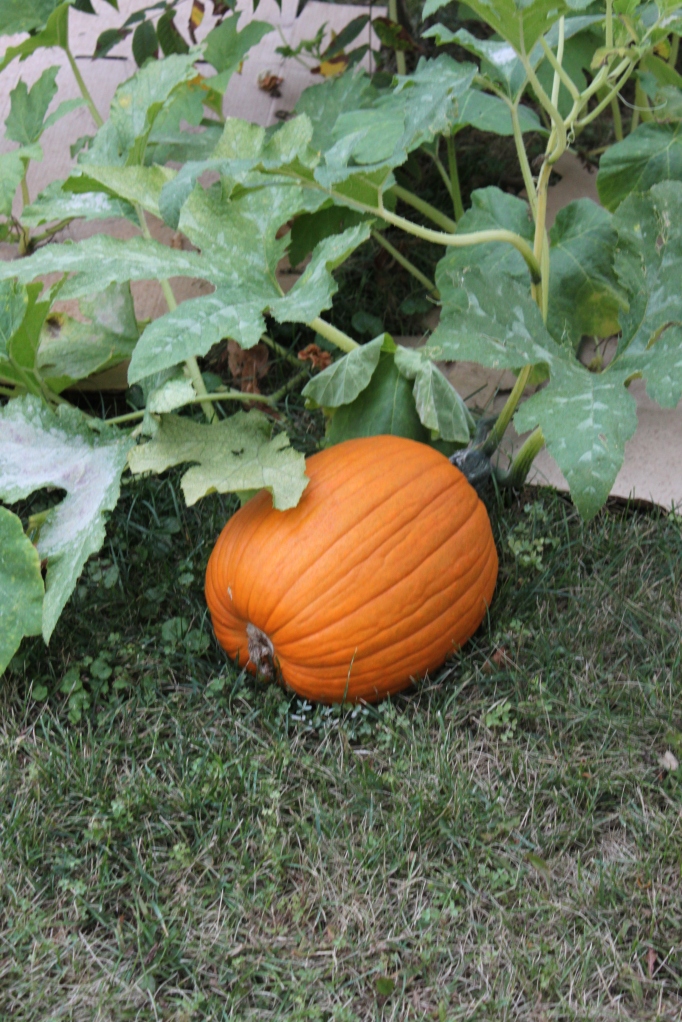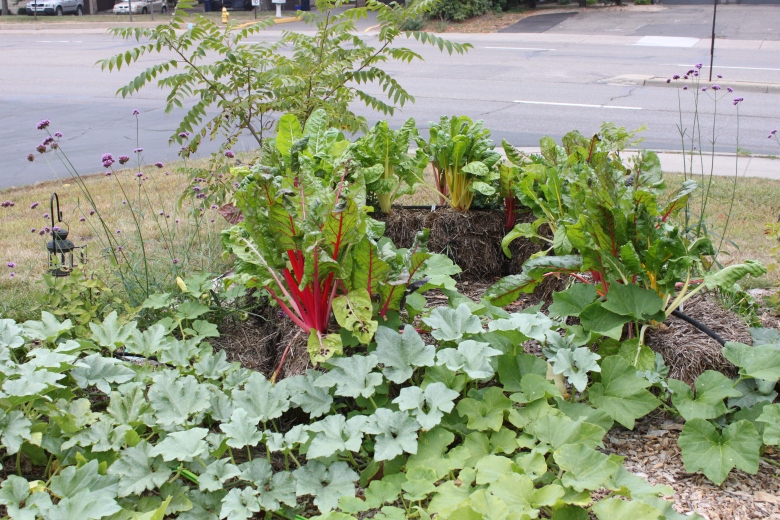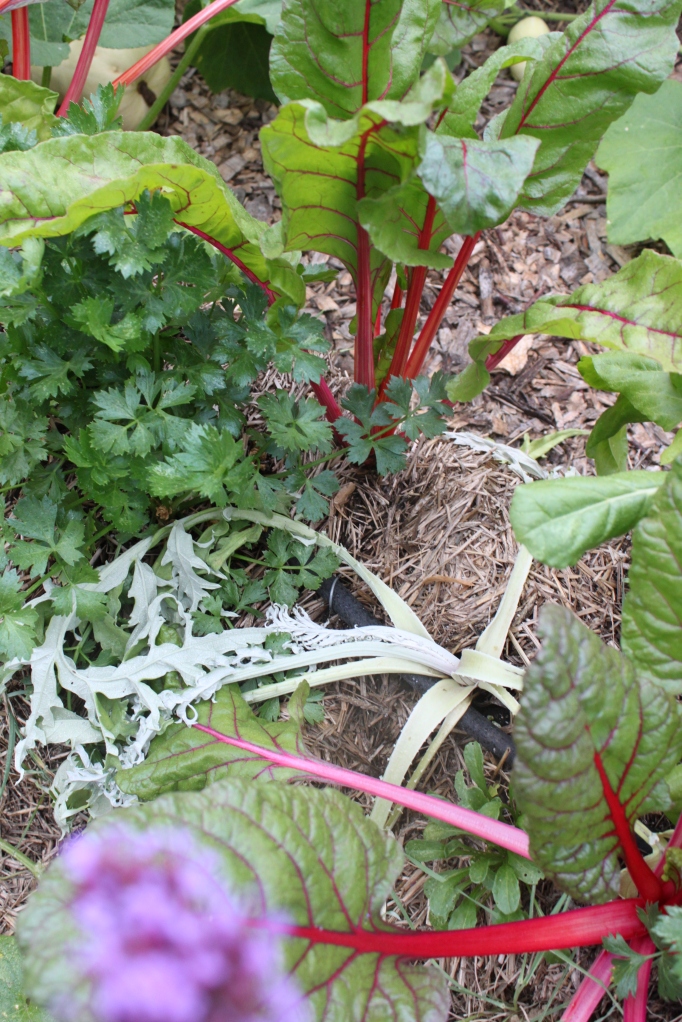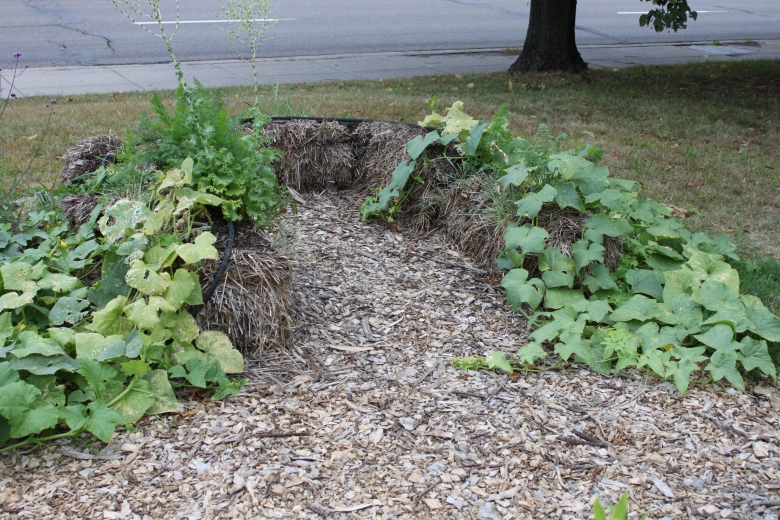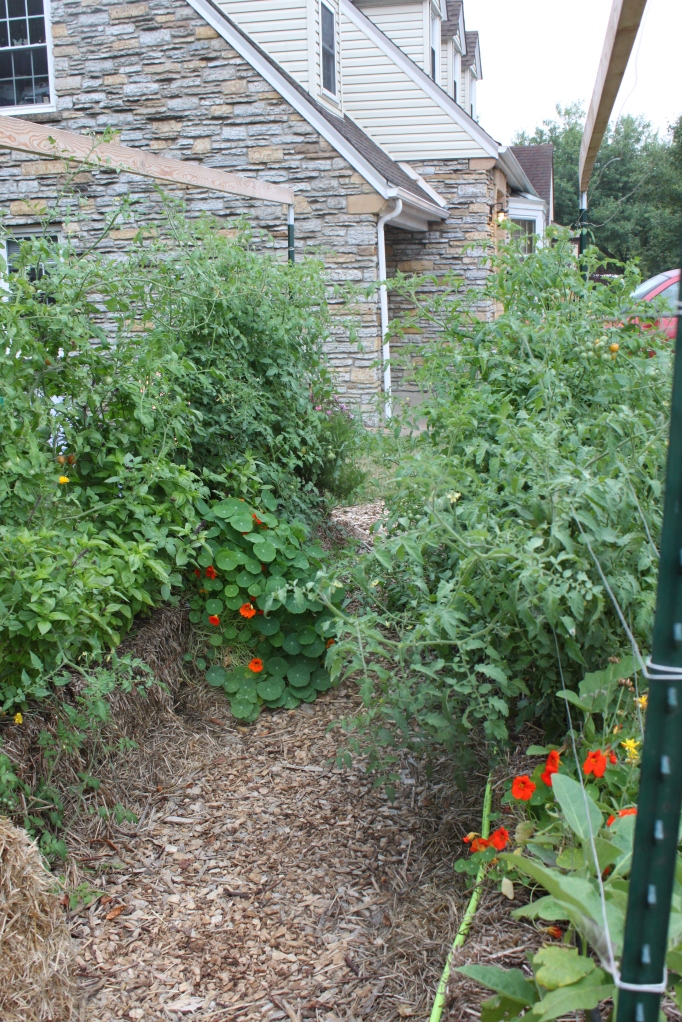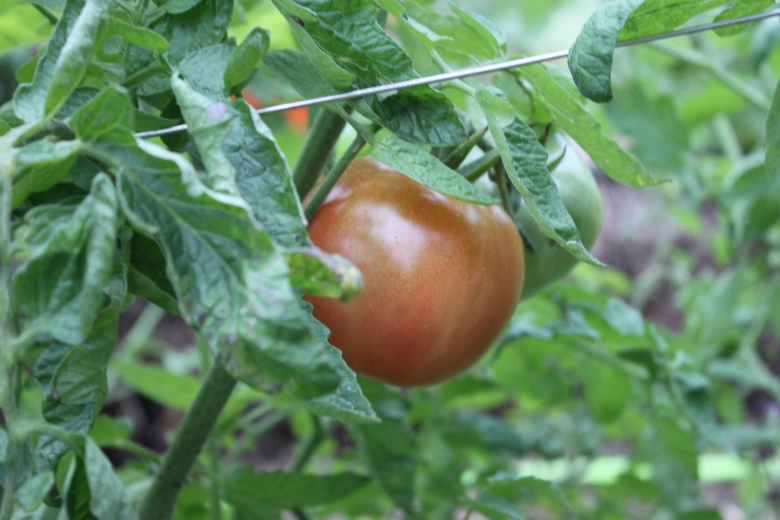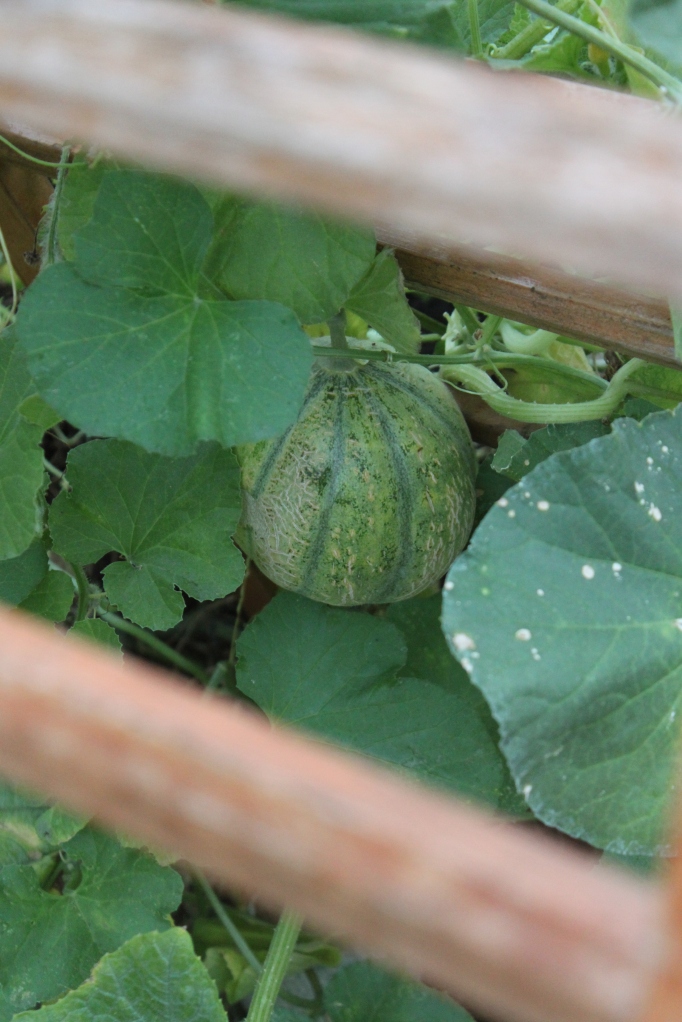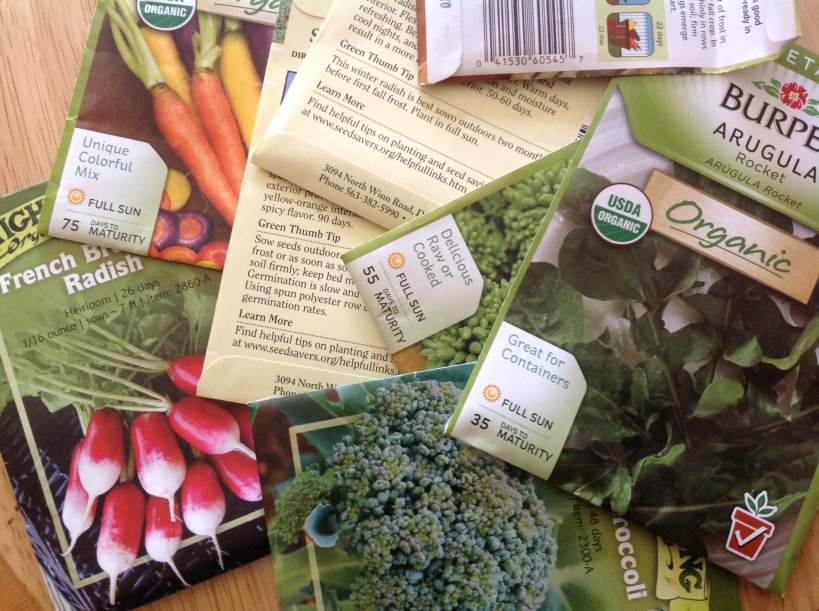Sometimes we can dream, make plans and see our dreams come to fruition, but then a couple of cats come along and sabotage our dreams in a flash.
As a landscape designer, I’ve been trained to try and plan for everything when designing a site; accessibility, location, exposure, sight lines, potential hazards, storage, screening, water, fire, gardens, pets, allergies… the list goes on. Somehow, in the years I’ve been doing this, I was never trained to envision that new cats will move into the neighborhood 4 or 5 years down the road and use your dream project as a toilet.
Unfortunately, it happens and it has happened. I’ve been gardening for many years and have had rabbits destroy plants, squirrels steal fruits and veggies to take a bite out of them and leave them behind and deer do pruning for me. While all of those things are annoying, it is nothing like finding your neighbor’s cats’ waste in the space that you grow food in. It is infuriating, disgusting, repulsing and when you have a young child, dangerous to their health.
When I discovered the cat mess in my garden, I knew immediately I needed to stop this from happening again, but in the back of my mind I also knew the damage had already been done and can’t be fixed so I would need to come up with a new plan. I know for a fact these cats kill birds and rodents on a regular basis so the likelihood of the cats having toxoplasmosis is pretty high, meaning it’s also in their poo and likely in our garden now.
So what am I going to do about it? Revamp, renew and revive.
I’ll be honest, when I first started thinking about how to handle this, my first thought was to gather the poo and deliver it to my neighbor’s doorstep, but I didn’t think that would be appropriate or make for a very good neighbor relationship. It could be argued that neither is moving into a new neighborhood behind a nature center, feeding the birds and then letting your cats out to kill the birds, spray your neighbor’s house and use their garden as a litter box, but I digress. Poo delivery is out.
I also thought about fencing, but we already have a privacy fence around the back yard and since we live on a corner, we are restricted on both the height and location of the fence, not to mention fences can be costly. Plus, a fence in front of a fence wouldn’t look so hot and… cats can jump. Fencing is out.
I thought about putting a deterrent spray or powder around the garden, but I would have to be diligent about applying it in order to (hopefully) keep them out. Not what I want to spend my summer doing. Spraying is out.
I thought about getting a motion activated sprinkler, but I know myself. I would sit there smugly thinking I’ve got them, evil laugh to myself envisioning the cats being startled, hair standing on end and getting sprayed and then promptly forget that the sprinkler is on and end up being the recipient of the cold blast of water instead of my neighbor’s cats. Sprinkler is out.
Finally, I settled on the plan I was really dragging my feet on… move the garden. It’s hard to say goodbye to 5 years of planning, planting and work, but it really seems like the best option. It’s time to revamp the front garden and move the food to the back yard.
So the new plan for the front is to leave the honey berry, currants and perennials where they are and turn the veggie space into a cutting flower garden. This will allow the space to be utilized for something attractive and still stay in line with my chemical-free “bee safe” yard and better yet, turn it into a pollinators paradise. My loss turns into a win for the pollinators. I call that a win-win.
On to the renewal and revival! The back yard garden was all but abandoned over the past few years with my energy being focused on the front yard garden, pregnancy, new baby and lack of time. Now that I’m past the initial anger of the situation, and our newest is old enough to hang out with me in the garden, I’m really embracing the revival of our back yard.
Here’s a little peak as to what I’m doing with the raised beds. Any guesses?

More on that in the near future!
Happy spring, happy planting and cheers to an abundant season!
Kate
